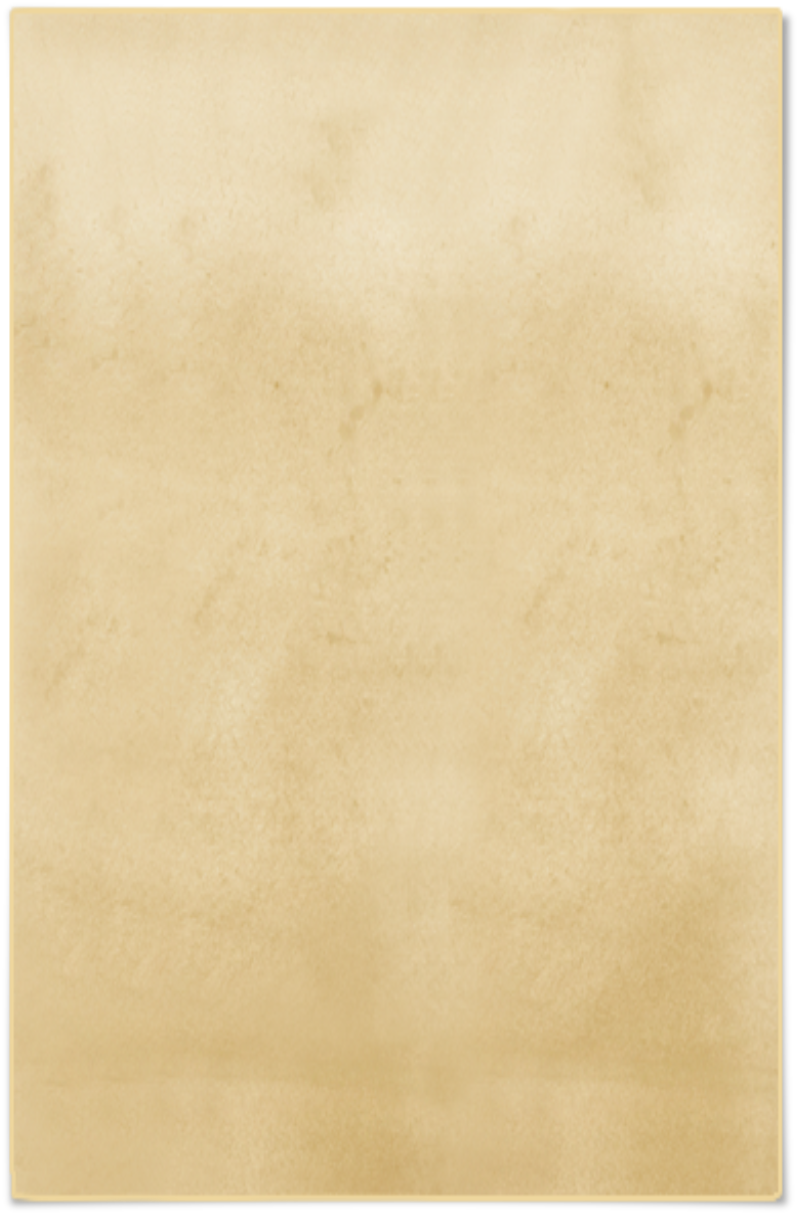






Cash Flow
Basic Notes
If you are involved in running any organisation, at some time you will come across the idea of a Cash Flow projection. It may sound complicated, but it is really quite simple. For most groups, a detailed projection will not be necessary, but it is worth thinking about.
Cash Flow is simply a way of making sure you will have the right amount of cash in the bank to pay your bills. Even if you do not do a formal cash flow projection you need to keep an eye on the bank balances.
The potential problems due to running out of cash are obvious, particularly if there are contracts which need to be honoured. Perhaps the most obvious are contracts of employment. Any failure to pay staff on the contracted date, because of a cash shortage, could have serious implications for an organisation.
When to bother with Cash Flow
* if you are poor - simply making sure you do not run out of money
* if you are very wealthy - some groups may be able to maximise their income from bank interest by moving their money around to get the best deal
* if your income and expenditure is variable throughout the year - common problems are where income payments arrive every three months, or an organisation is very busy over the summer months
* if you have a current account to pay the bills, but you want to keep as much as possible in a deposit or higher interest account. If possible, get your bank to arrange an automatic transfer system so that you do not have to worry about this.
How to do it
* Taking the budget for the year, you spread the income and expenditure among the 12 months. Some will spread evenly (cleaning and hygiene) some will not (Grant payments) The aim is to predict, as accurately as possible, when the income and expenditure will occur. The totals for all months should, of course, match the budget for the year.
* If you include certain 'non-cash' items in your budget (like depreciation) you should ignore these
* Your starting point is to estimate the bank balance at the start of the year. This amount, plus receipts for the first month, less the payments, gives the expected bank balance for the end of the month. This is then the 'opening balance' for the next month and so on.
* As the year proceeds, you can replace your estimates with actual figures. This will make your estimates for the final months more accurate.
* You can do this with pen and paper, by a graph, or by a spreadsheet. A spreadsheet is ideal for this as it saves a lot of time once you have set it up.
Cash Flow is not too complicated, and it can be very important for some organisations. Even if there is a slight risk that you may go overdrawn during the year, it could be worth checking the situation by a simple cash flow projection. In any event, it is a good way of learning about
spreadsheets.